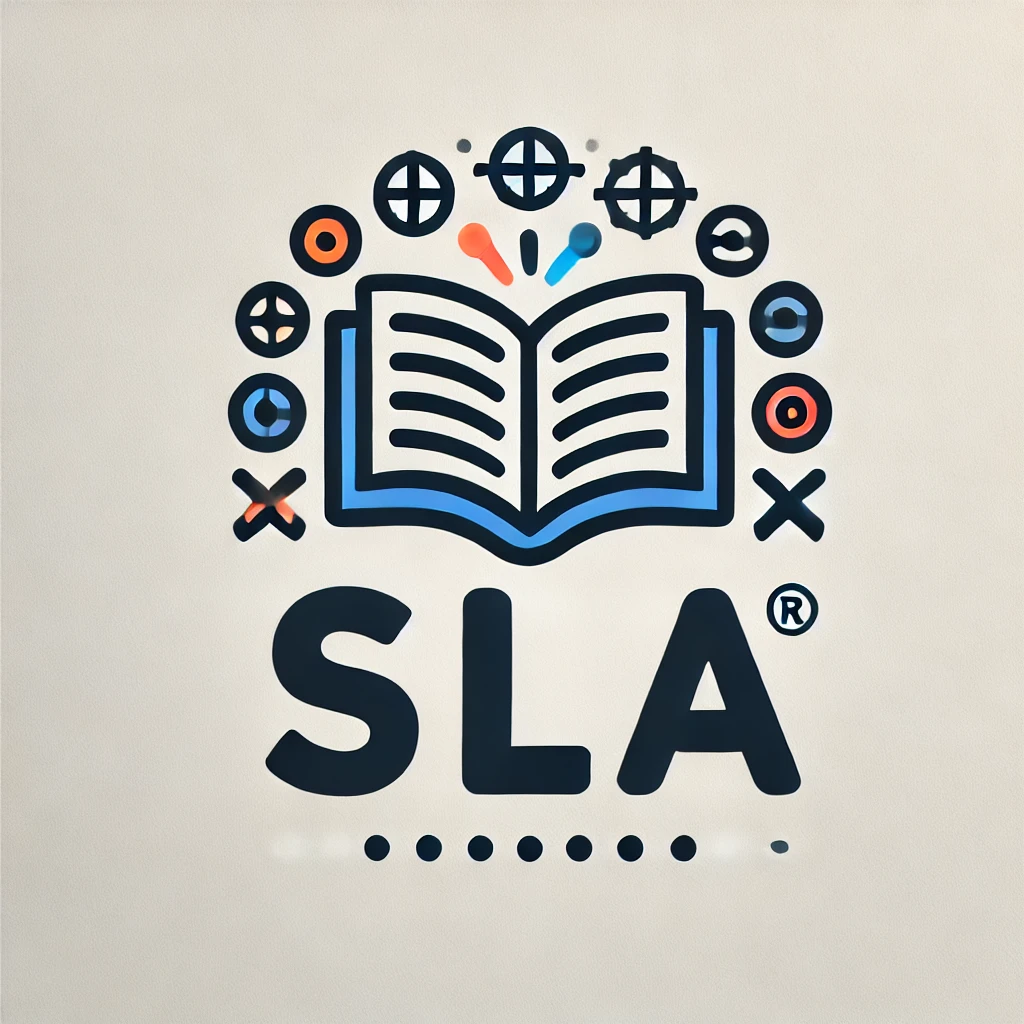Understanding the Role of Input in Second Language Acquisition
Have you ever wondered how important input is when learning a second language? In the realm of second language acquisition, input plays a crucial role in the process of gaining proficiency in a new language. Let’s delve into the significance of input and how it impacts your language learning journey.
What is Input in Language Acquisition?
When we talk about input in the context of language acquisition, we are referring to the language that learners are exposed to. This can come in various forms such as listening to conversations, reading books, watching movies, or interacting with native speakers. Essentially, input is the linguistic data that learners receive and process in order to improve their language skills.
The Importance of Input in Second Language Acquisition
Input is considered to be the cornerstone of second language acquisition. It serves as the primary source of linguistic information that learners need in order to internalize the grammar, vocabulary, and pronunciation of a new language. Without an adequate amount of input, learners may struggle to progress in their language learning journey.

This image is property of pixabay.com.
Types of Input in Language Acquisition
There are two main types of input in language acquisition: comprehensible input and non-comprehensible input. Comprehensible input refers to language that learners can understand, even if they don’t know all the words or grammar rules. On the other hand, non-comprehensible input is language that is beyond the learners’ current level of comprehension.
Strategies for Maximizing Input
In order to make the most out of the input you receive, it’s important to use effective strategies that can help enhance your language learning experience. Some strategies you can consider include:
- Immersion: Surrounding yourself with the language as much as possible by watching movies, listening to music, and speaking with native speakers.
- Reading: Engaging with written texts in the target language to expand your vocabulary and improve your reading comprehension.
- Language Exchange: Practicing with native speakers through language exchange programs to gain real-life exposure to the language.
- Active Listening: Paying close attention to spoken language and trying to understand the meaning behind the words.

This image is property of pixabay.com.
Input vs. Output in Language Acquisition
While input is essential for acquiring a new language, output is equally important for language production. Output refers to the language that learners produce themselves, such as speaking or writing. By combining input and output, learners can enhance their language skills and achieve fluency in a more balanced way.
Input Hypothesis in Second Language Acquisition
The Input Hypothesis, proposed by linguist Stephen Krashen, suggests that language learners improve their language skills through exposure to comprehensible input that is slightly above their current proficiency level. This hypothesis highlights the importance of providing learners with input that challenges them while still being understandable.

This image is property of pixabay.com.
Enhancing Input through Technology
In today’s digital age, technology plays a significant role in providing learners with access to a wide range of input resources. Language learning apps, online courses, podcasts, and language exchange platforms are just a few examples of how technology can enhance the input that learners receive. By incorporating technology into your language learning routine, you can diversify your input sources and tailor your learning experience to your preferences.
Building Vocabulary through Input
Vocabulary acquisition is a key aspect of language learning, and input plays a crucial role in expanding your vocabulary. By exposing yourself to a wide range of input sources, you can encounter new words in different contexts and solidify your understanding of their meaning and usage. Reading books, watching videos, and engaging in conversations are effective ways to build your vocabulary through input.
Grammar Acquisition through Input
In addition to vocabulary, input also contributes to the acquisition of grammar in a second language. By observing how words are used in different contexts and paying attention to sentence structures, learners can internalize the rules and patterns of the language. Through exposure to input that demonstrates proper grammar usage, learners can improve their own grammatical accuracy and fluency.
Overcoming Input Challenges
While input is vital for language acquisition, learners may face challenges in accessing quality input that meets their learning needs. Some common challenges include:
- Limited Availability: Depending on your location, finding native speakers or authentic input sources may be challenging.
- Difficulty Understanding: If the input is too complex or fast-paced, learners may struggle to comprehend the language.
- Lack of Diversity: Relying on a single input source may limit exposure to different dialects, accents, and language variations.
To overcome these challenges, learners can explore alternative input sources, such as online platforms, language exchange programs, or language learning communities. By diversifying your input and actively seeking out opportunities to practice the language, you can overcome these challenges and make progress in your language learning journey.
The Role of Motivation in Maximizing Input
Motivation plays a crucial role in how learners engage with input and utilize it in their language learning process. When learners are motivated and enthusiastic about learning a new language, they are more likely to seek out input, engage with it actively, and persist in their language learning efforts. By cultivating a strong sense of motivation, you can maximize the input you receive and accelerate your progress in acquiring a second language.
Conclusion
In conclusion, input is a fundamental component of second language acquisition that shapes the language learning journey of learners. By understanding the role of input, exploring different types of input sources, and implementing effective learning strategies, you can enhance your language skills and achieve proficiency in a new language. Remember to leverage technology, build your vocabulary, focus on grammar acquisition, overcome input challenges, and stay motivated throughout your language learning journey. With dedication and perseverance, you can unlock the potential of input in your language acquisition process and become a fluent speaker in no time.

